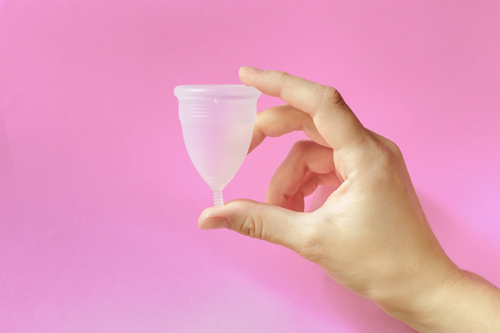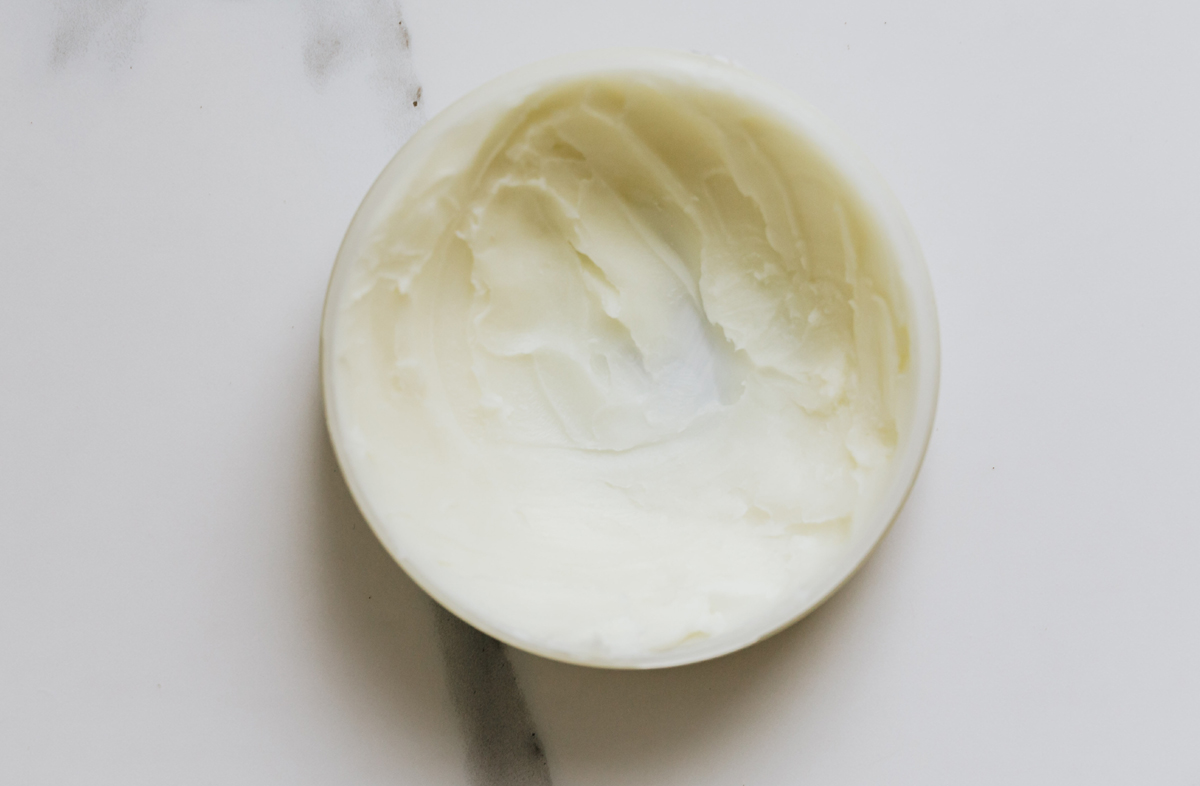Benefits of Switching to a Menstrual Cup

Menstrual cups are gaining popularity with women these days, and if you haven’t tried one yet, it may be time to consider the switch.
A menstrual cup is a flexible, bell-shaped device that is worn in the vagina during your period. While tampons and pads absorb blood, a menstrual cup collects it. The cup is emptied after 8 to 12 hours, meaning it can be worn longer than a tampon.
One benefit of menstrual cups is they hold more liquid than tampons, making it great for women with a heavy flow. Made from either silicone or rubber, the cups hold one ounce of liquid – twice as much as a tampon. For instance, the Life Brand menstrual cup is made from surgical-grade silicone and is designed to be worn up to 12 hours, which makes it convenient to wear overnight. Fewer trips to the bathroom mean a lot more relief when using a menstrual cup.
For those concerned about leakage, recent studies from a British review have shown menstrual cups have leakage levels similar to pads and tampons. Menstrual cups also have no increased risk of infection and no harmful effects on vaginal flora (the normal bacteria in the vagina) or vaginal tissue. While tampons absorb everything – including some vaginal moisture and flora – menstrual cups will not absorb any fluids that are meant to stay inside you.
Another plus for menstrual cups is that they are reusable and environmentally friendly. The average woman uses about 240 tampons a year, which can add up to about 9,600 in a lifetime. Add in disposable pads and liners and that adds up to a lot of waste. In contrast, a menstrual cup can be reused – it just needs to be washed with soap and water and sterilized in boiling water at the end of your cycle. A few simple steps can help reduce a lot of waste over a lifetime.
Menstrual cups are also more cost effective. While the cost of a menstrual cup might initially seem more expensive, in the long run the cost-savings are considerably high. The Life Brand menstrual cup is on the affordable end of the spectrum. Considering a year’s worth of tampons and pads adds up to approximately $120 per year, or about $4,800 in a lifetime, that’s thousands of dollars that could be spent elsewhere.
Some women may experience issues removing the cup at first, but once you get the hang of it, you are likely to stick with it. A 2011 study showed 91 per cent of Canadians would continue to use a menstrual cup after trying it and would recommend it to a friend. Once you get over any resistance to using a cup, they are overall environmentally friendly, affordable, safe and effective.
Photo. (NC) Newscanada.com








